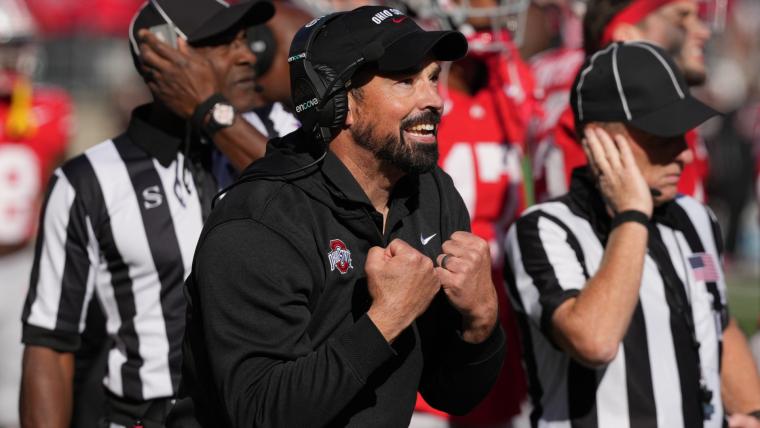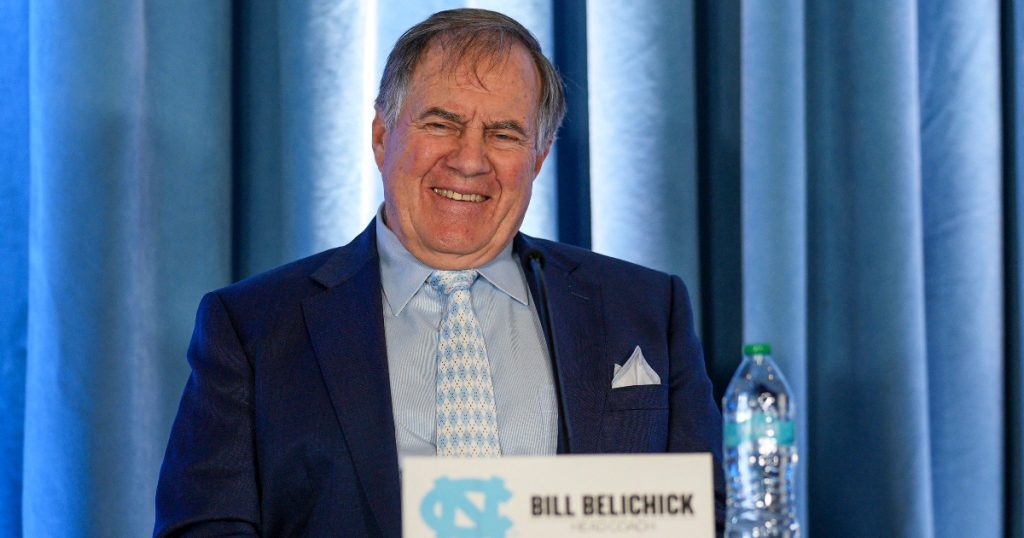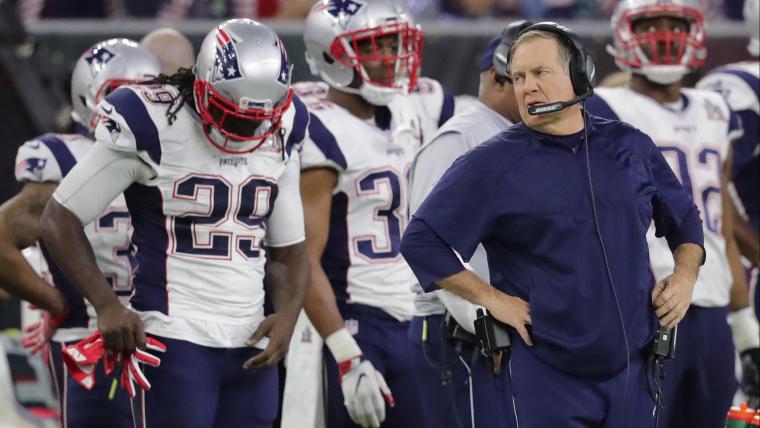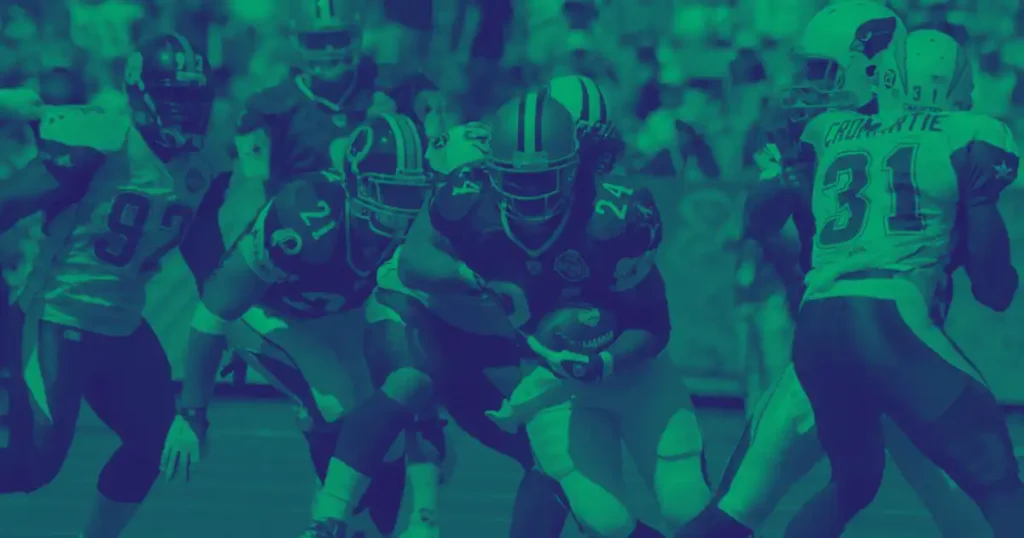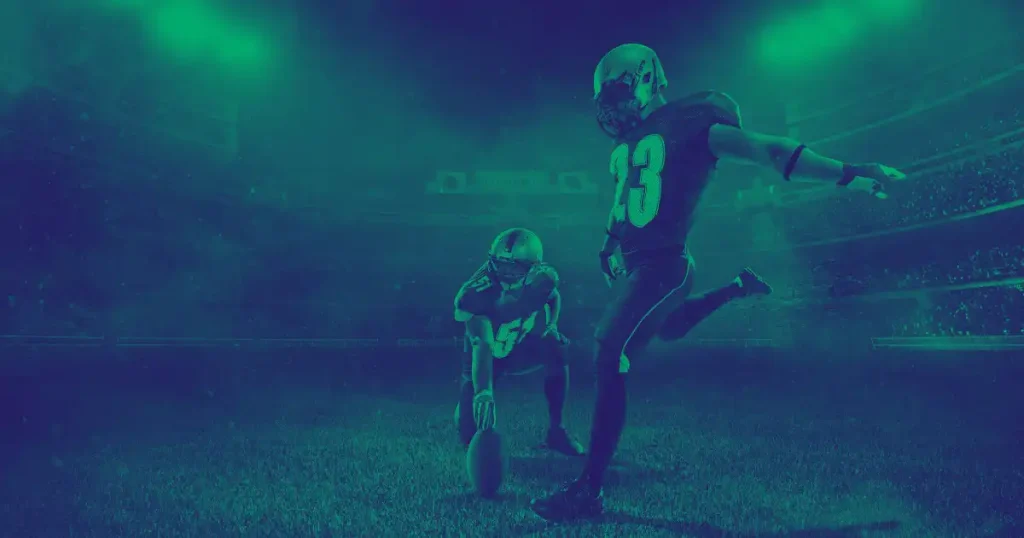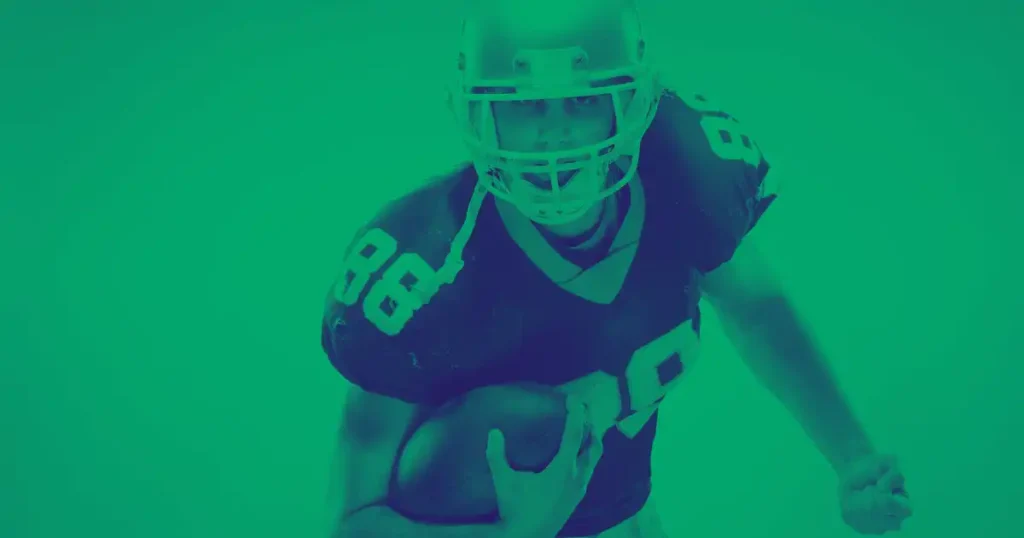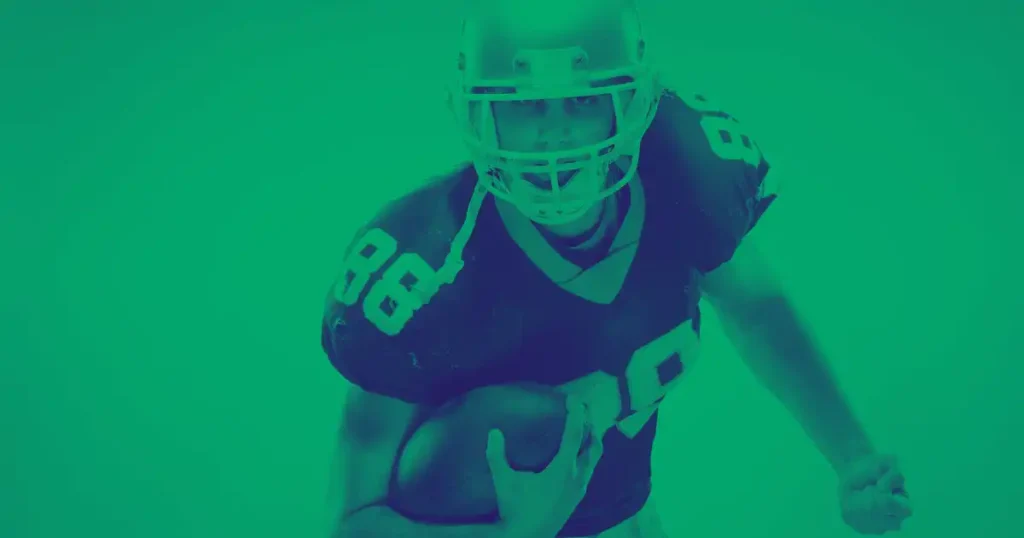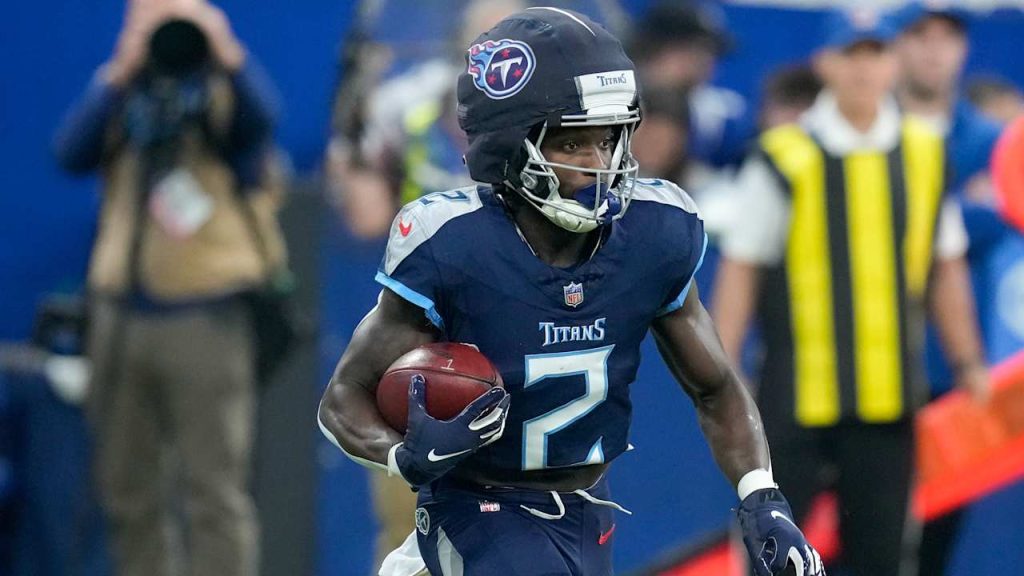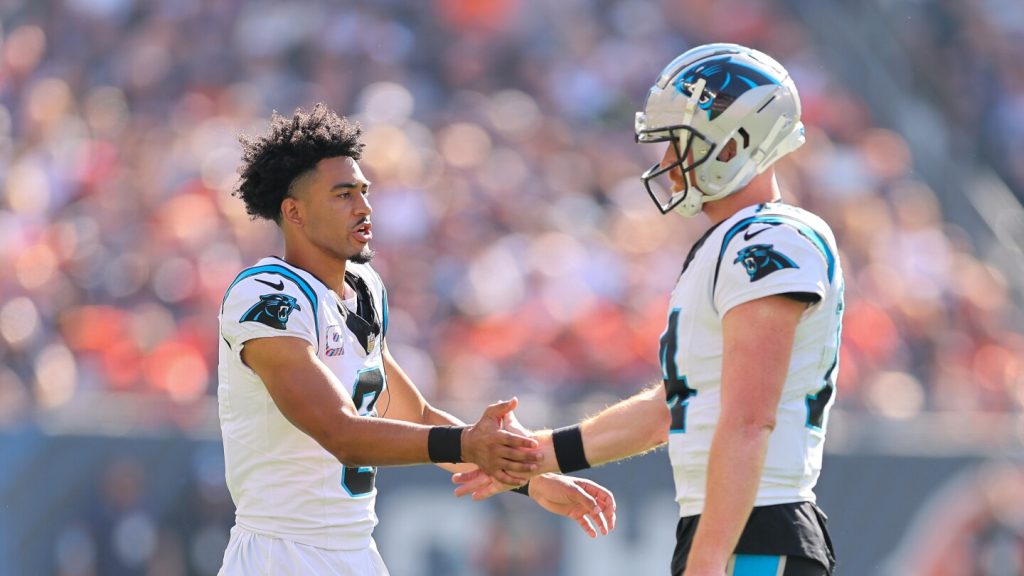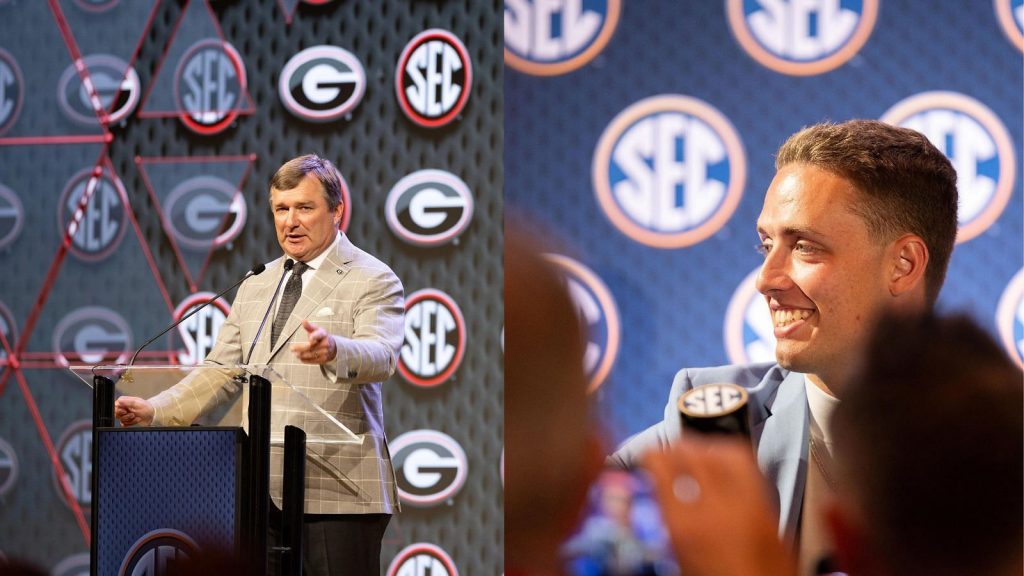If you’re an NFL fan, you’ve probably noticed that there’s a special pause at the two-minute mark in each half of the game. This pause, known as the two-minute warning, is a unique feature in American football that often adds to the excitement and drama of the game.
But have you ever wondered why it exists and what purpose it serves? In this article, we’ll delve into the history and significance of the two-minute warning, explaining why it plays such a crucial role in NFL games.
The Origins of the Two-Minute Warning
Historical Background
The two-minute warning has been a part of NFL games for decades. It was initially introduced as a way for officials to notify teams of the game’s critical final moments, ensuring that everyone was aware of the remaining time on the clock. This was especially important before the advent of modern scoreboards and digital timers.
Evolution Over Time
As technology advanced, the need for a manual time notification decreased. However, the two-minute warning remained because it had become an integral part of the game’s strategy and flow.
Purpose of the Two-Minute Warning
Strategic Implications
The two-minute warning serves as a strategic checkpoint for both teams. Coaches use this time to plan their final plays, adjust their strategies, and motivate their players for a strong finish. It essentially acts as an unofficial timeout, giving teams a moment to regroup and prepare for the crucial last minutes of the half.
Broadcasting and Advertising
From a commercial perspective, the two-minute warning provides a guaranteed break in the action, allowing broadcasters to air advertisements. This pause is valuable for television networks, contributing significantly to the commercial revenue of NFL games.
Impact on Game Play
End-of-Half Dynamics
In the final two minutes of each half, the pace and intensity of the game often increase. Teams are more likely to take risks, leading to exciting plays and dramatic finishes. The two-minute warning amplifies this tension by giving teams a chance to reassess and push harder.
Clock Management
Effective clock management is crucial during the last two minutes. Teams must balance the urgency to score with the need to prevent the opposition from having enough time to respond. The two-minute warning helps teams plan their timeouts and manage the clock more efficiently.
The Two-Minute Warning in Different Quarters
First Half vs. Second Half
While the two-minute warning occurs in both halves, its impact can vary. In the first half, teams might use it to set up a scoring drive before halftime. In the second half, especially in close games, it often determines the final outcome, with teams making every second count.
Strategic Differences
Teams might approach the two-minute warning differently based on the game’s context. For instance, a team leading comfortably may use the time to run down the clock, while a trailing team might plan aggressive plays to score quickly.
Famous Moments Involving the Two-Minute Warning
Iconic Games and Plays
Over the years, the two-minute warning has been the backdrop for many unforgettable moments in NFL history. Whether it’s a last-minute touchdown, a game-winning field goal, or a pivotal defensive stand, these final moments are often the most thrilling part of the game.
Impact on Championships
Many Super Bowl victories have hinged on the strategic use of the two-minute warning. Coaches and players who excel in these high-pressure situations often become legends, their names etched in NFL lore.
How Teams Prepare for the Two-Minute Warning
Training and Drills
Teams regularly practice two-minute drills during training to simulate the high-pressure environment of the game’s final moments. These drills help players and coaches become adept at making quick decisions and executing plays under time constraints.
Communication and Coordination
Effective communication is crucial during the two-minute warning. Coaches must relay plays quickly, and players need to execute them flawlessly. This period tests the team’s coordination and ability to perform under pressure.
The two-minute warning is more than just a pause in the game; it’s a strategic element that adds depth and excitement to NFL football. Understanding its purpose and impact can enhance your appreciation of the game, making those final moments even more thrilling.
FAQs
What is the two-minute warning in the NFL?
The two-minute warning is a pause in the game that occurs at the two-minute mark of each half, serving as a strategic checkpoint for teams and a commercial break for broadcasters.
Why was the two-minute warning introduced?
It was initially introduced to notify teams of the remaining time on the clock, ensuring that everyone was aware of the game’s final moments before modern timekeeping technology was available.
How does the two-minute warning impact game strategy?
It allows teams to regroup, plan their final plays, and manage the clock effectively, often leading to more intense and strategic gameplay.
Can the two-minute warning occur in both halves?
Yes, the two-minute warning occurs at the two-minute mark in both the first and second halves of the game.
How do teams prepare for the two-minute warning?
Teams practice two-minute drills during training to simulate the high-pressure environment and improve their ability to execute plays quickly and efficiently.
What are some famous moments involving the two-minute warning?
Many iconic NFL moments, including last-minute touchdowns and game-winning field goals, have occurred during the two-minute warning, making it a critical part of the game’s drama and excitement.






